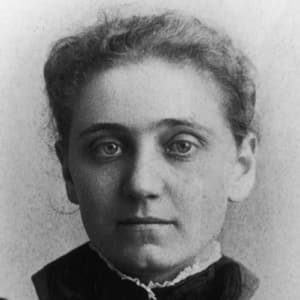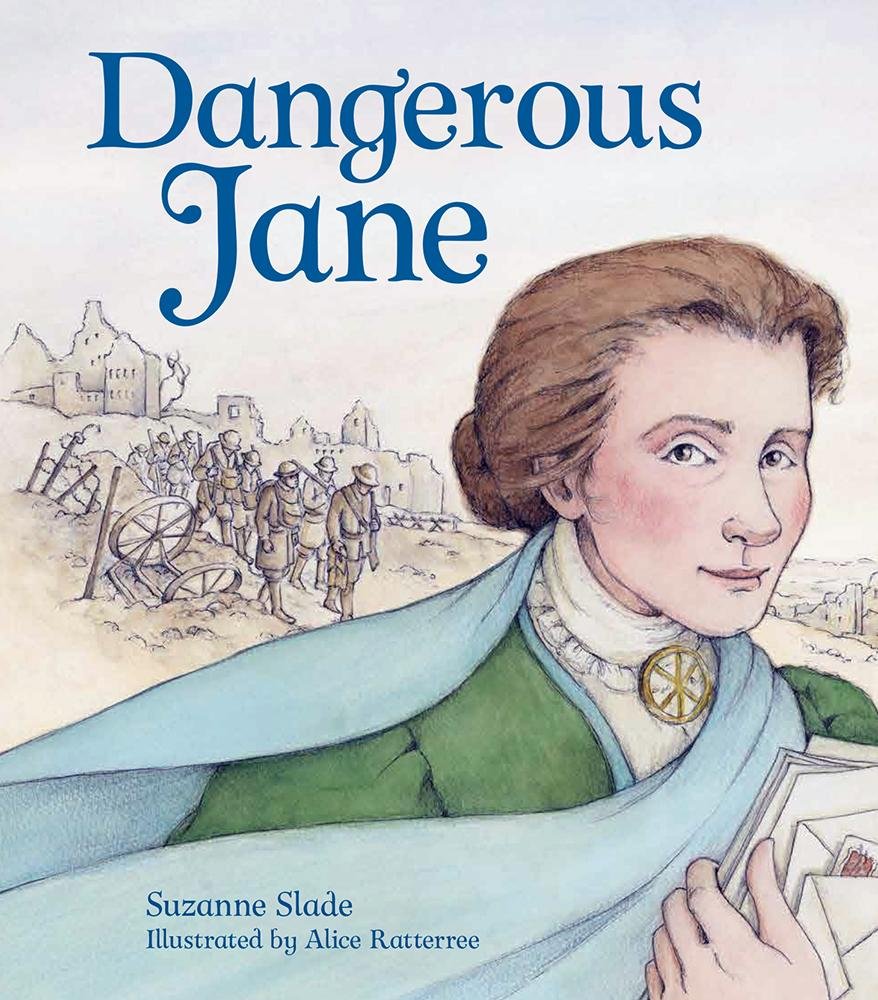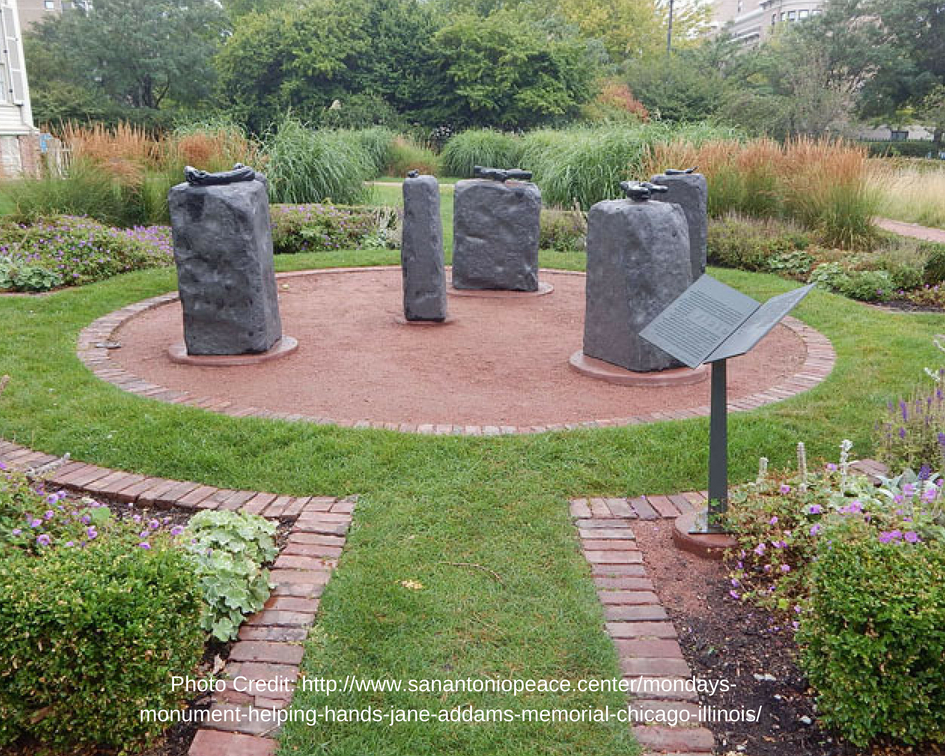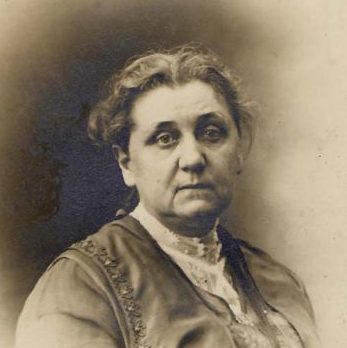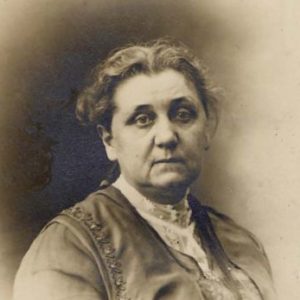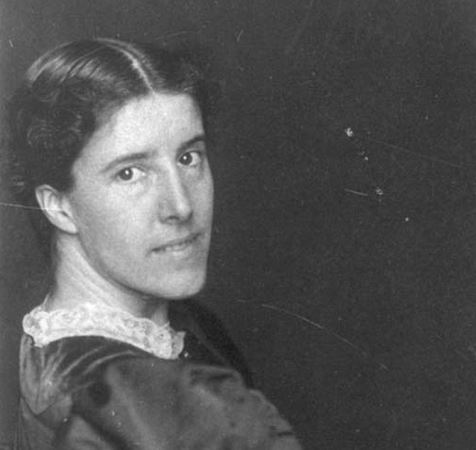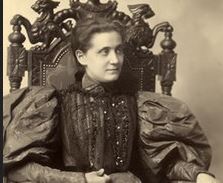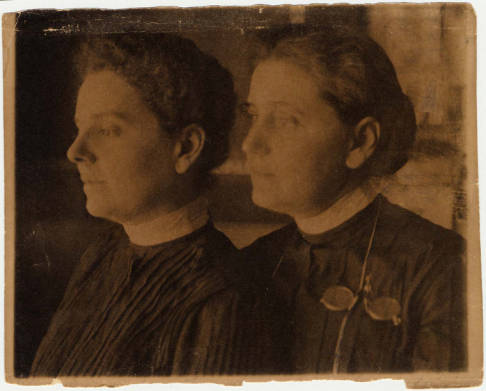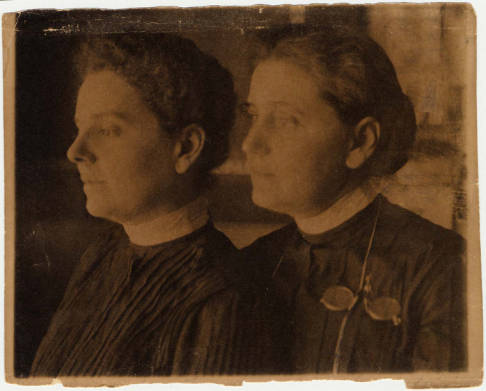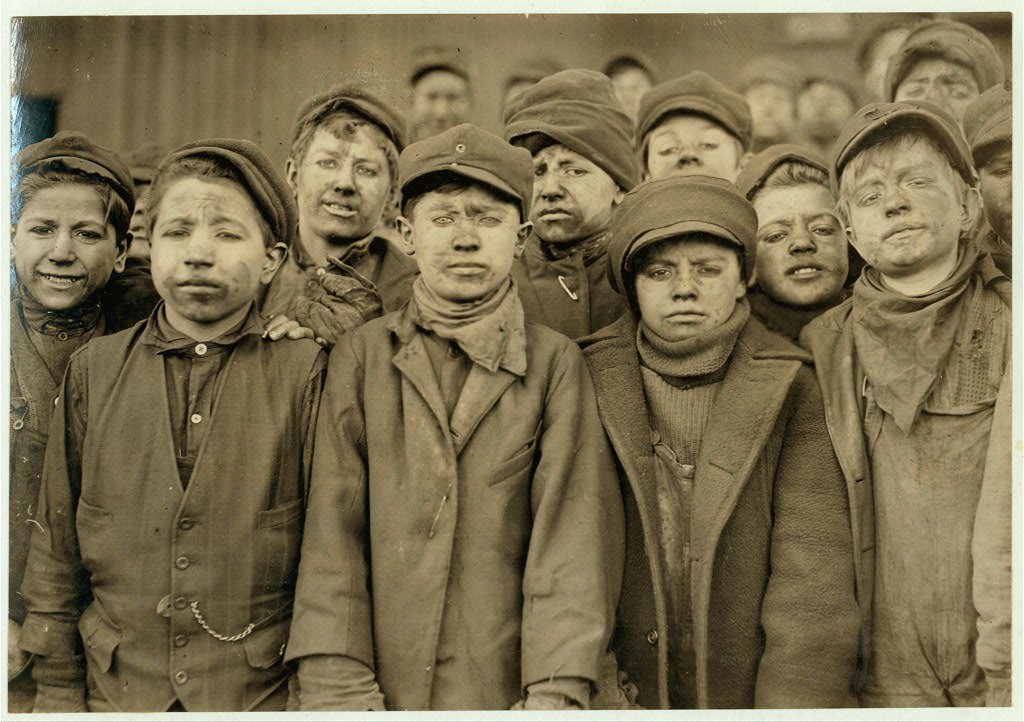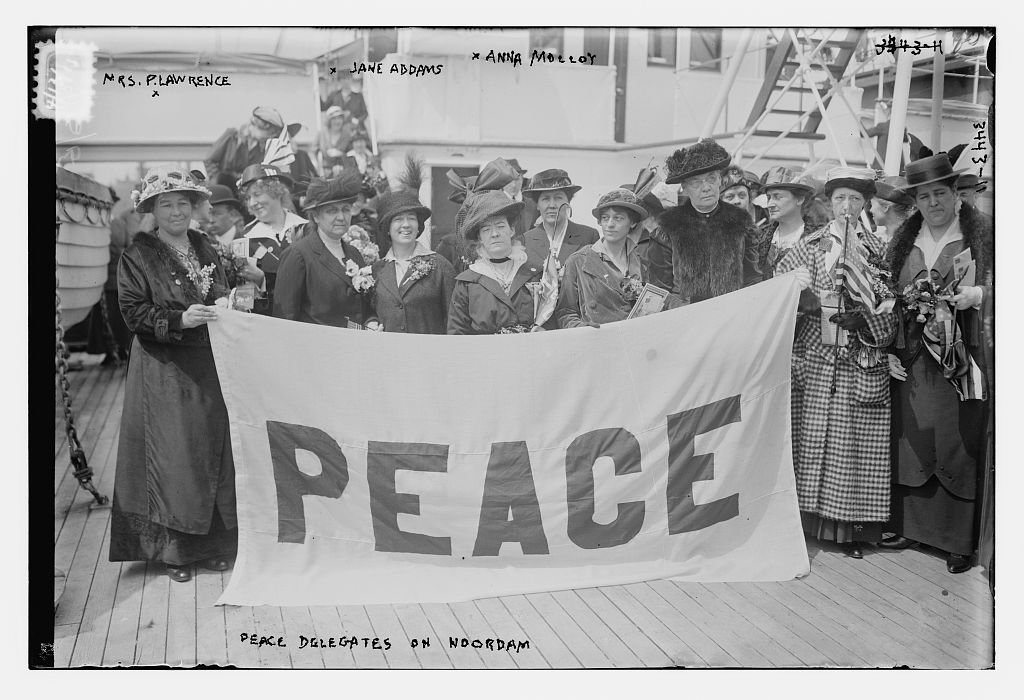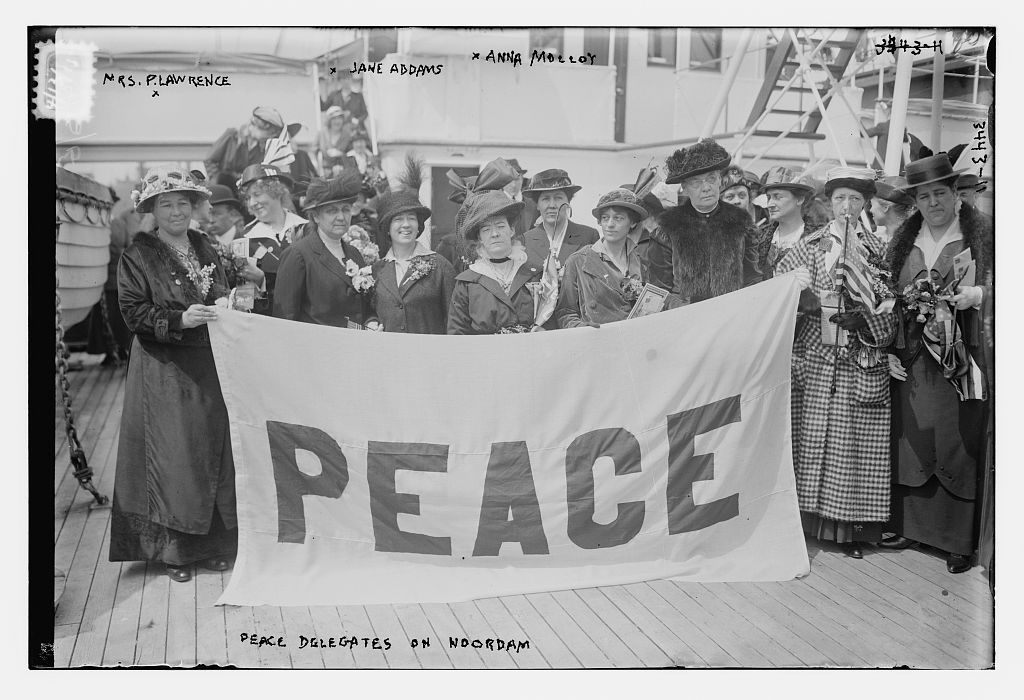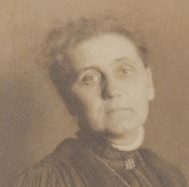by Patricia M. Shields, PhD, Texas State University
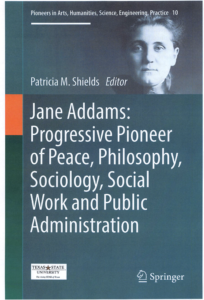 Jane Addams attended Rockford Female Seminary and was among the first class to receive a Bachelors degree. At Rockford she honed skills that would later be used in her career as the founder of Hull House, leader of the Suffrage, Settlement and Peace movements and her literary career as author of 11 books and hundreds of journal and magazine articles. At Rockford she was the Valedictorian, Editor of the school newspaper, President of the Debate Club and President of her class.
Jane Addams attended Rockford Female Seminary and was among the first class to receive a Bachelors degree. At Rockford she honed skills that would later be used in her career as the founder of Hull House, leader of the Suffrage, Settlement and Peace movements and her literary career as author of 11 books and hundreds of journal and magazine articles. At Rockford she was the Valedictorian, Editor of the school newspaper, President of the Debate Club and President of her class.
Her addresses at Rockford show that even at ages 20 and 21, Addams saw a new, exciting and complicated future for the women in her class. In her Junior Class Oration (1880), entitled “Bread Givers” she catalogued “the change which has taken place … in the ambition and aspirations of woman.” As women developed their intellect and direct labor something new had emerged. “She wishes not to be a man, nor like a man, but she claims the same right to independent thought and action … [She] has gained a new confidence in her possibilities, and fresher hope in her progress.” At age 20, Addams recognized that women of her generation were poised to cross boundaries. Yet they were not interested in a complete break with the past, woman’s traditional role and experiences had great value. “As young women of the 19th century, we assert our independence … we still retain the old ideal of womanhood – the Saxon lady whose mission it was to give bread onto her household” (Addams, 1880). Over her entire life, Addams acted in accordance with these insights. She, indeed, developed her intellect and claims of “independent thought and action”. She also understood the Bread Giver’s role as she brought an ethic of care to her work at Hull House and organized efforts to feed the starving children of post WWI Europe (Addams, 1922).
In her Valedictory speech (1881), Addams had a cautionary and hopeful message. Here she drew on Greek mythology and the tragic story of Cassandra a princess who was cursed to share true prophesies that no one would believe. As educated women entered the broader world, their gift of intuition and sense of morality could be dismissed as Cassandra’s prophesies. Women should guard against this and bring “force to bear throughout morals and justice, then she must take the active, busy world as a test for the genuineness of her intuition.” Addams believed that educated women had the ability to help establish “actual justice” in the world through their “trained intelligence” and with their “broadened sympathies toward the individual man and woman… Only an intuitive mind has a grasp comprehensive enough to embrace the opposing facts and forces,” and meet future challenges. If women like she and her fellow classmates are able to balance their intelligence and intuition “the story of Cassandra will be forgotten”. Addams certainly foresaw the difficult struggle she and her future sisters would have to be taken seriously as full participants in the modern world.
—————————-
Addams, Jane. (1880). “Bread Givers” (Junior Class Oration). Dailey Register (Rockford April).
Addams, Jane (1881). Cassandra (Valedictory Speech). Rockford Seminary Magazine (July).
Addams, Jane (1922). Peace and Bread in Time of War. New York: Macmillan.
Patricia Shields is the author of the 2017 book, Jane Addams: Progressive Pioneer of Peace Philosophy, Sociology, Social Work and Public Administration published by Springer.


